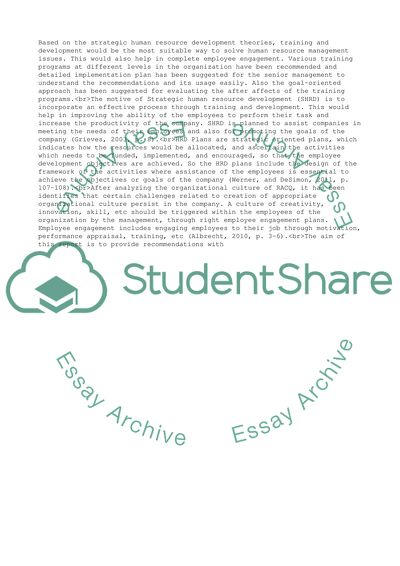Cite this document
(SHRD- HRD plan Essay Example | Topics and Well Written Essays - 2250 words - 1, n.d.)
SHRD- HRD plan Essay Example | Topics and Well Written Essays - 2250 words - 1. https://studentshare.org/management/1783413-shrd-hrd-plan
SHRD- HRD plan Essay Example | Topics and Well Written Essays - 2250 words - 1. https://studentshare.org/management/1783413-shrd-hrd-plan
(SHRD- HRD Plan Essay Example | Topics and Well Written Essays - 2250 Words - 1)
SHRD- HRD Plan Essay Example | Topics and Well Written Essays - 2250 Words - 1. https://studentshare.org/management/1783413-shrd-hrd-plan.
SHRD- HRD Plan Essay Example | Topics and Well Written Essays - 2250 Words - 1. https://studentshare.org/management/1783413-shrd-hrd-plan.
“SHRD- HRD Plan Essay Example | Topics and Well Written Essays - 2250 Words - 1”. https://studentshare.org/management/1783413-shrd-hrd-plan.


